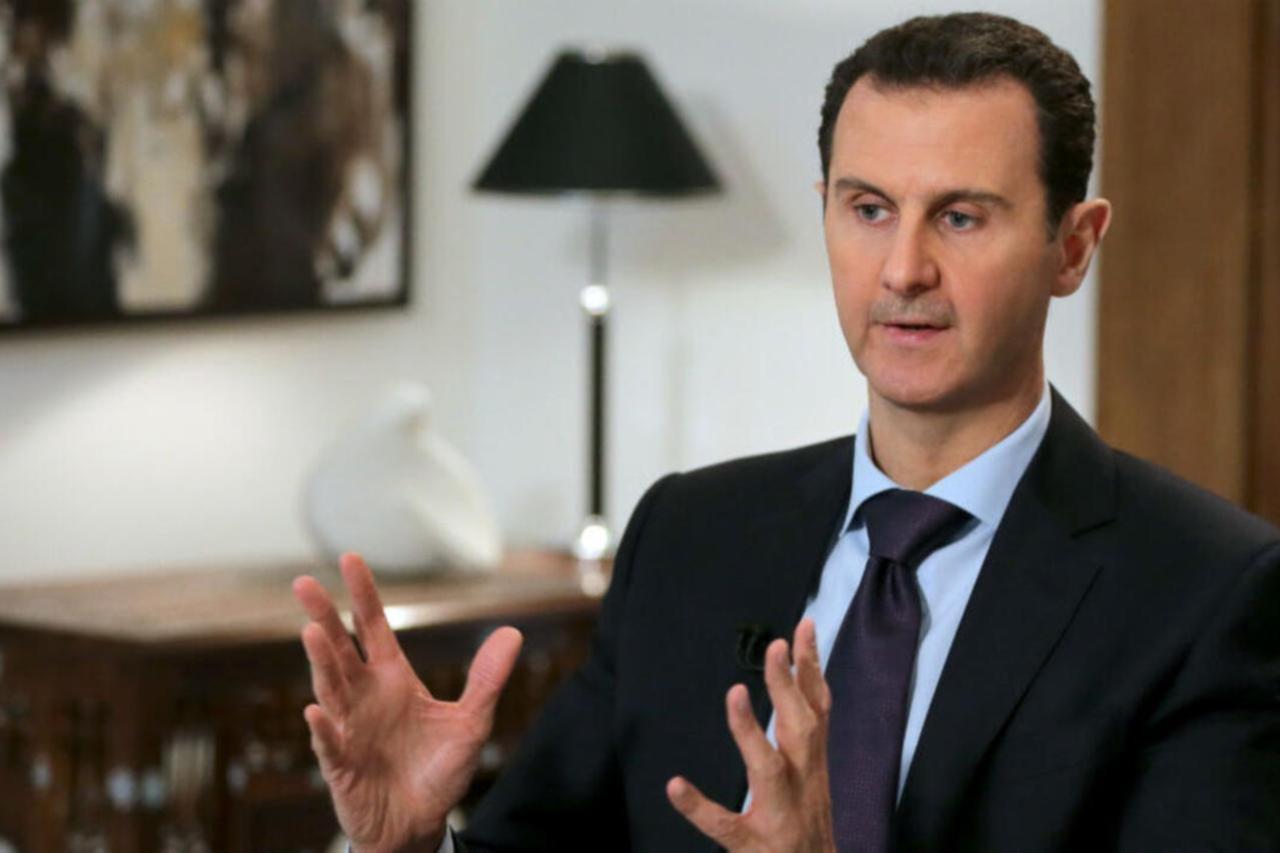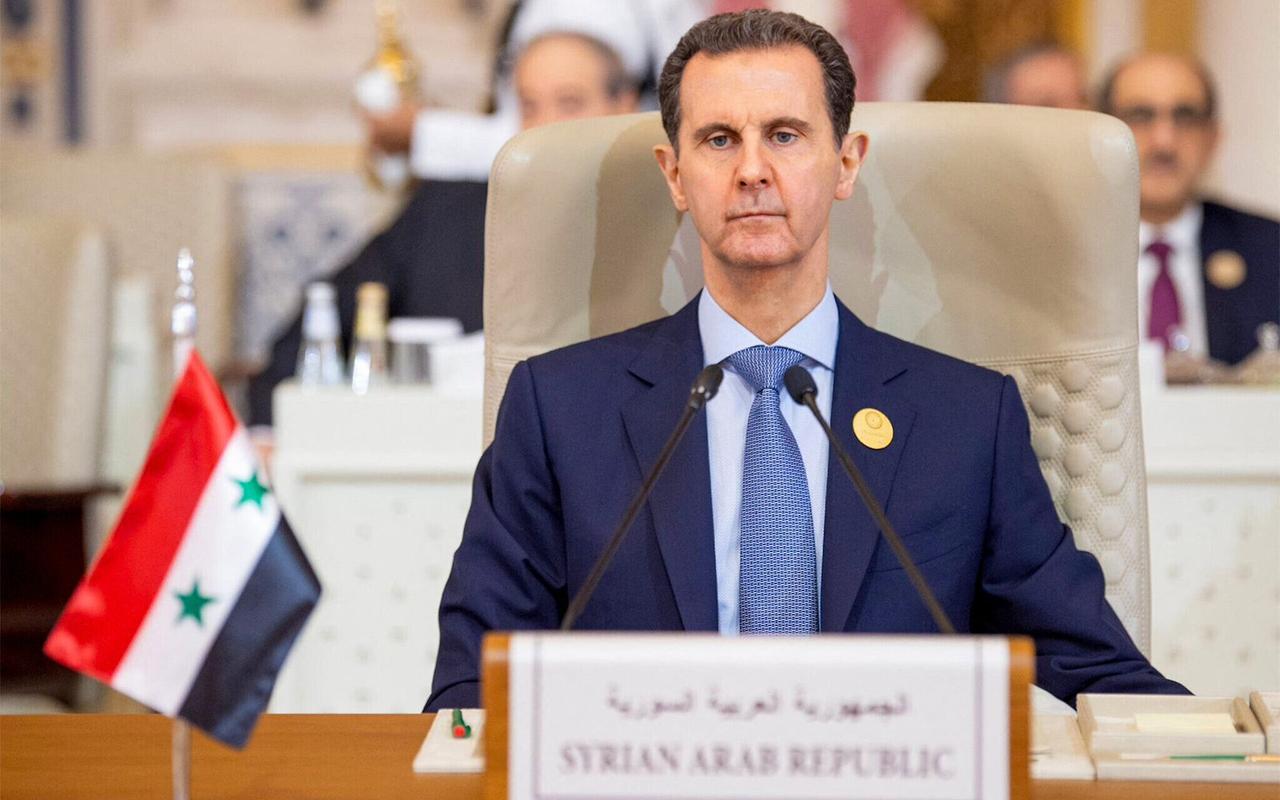
The Syrian government under Bashar al-Assad secretly transferred tens of thousands of bodies from one of the country’s largest known mass graves to a hidden desert site between 2019 and 2021 in an effort to conceal evidence of wartime atrocities, according to a Reuters investigation published on Tuesday.
The two-year clandestine campaign, known internally as “Operation Move Earth,” involved trucking human remains from the Al-Qutayfah mass grave near Damascus to a newly created site outside the desert town of Dhumair—more than an hour away from the capital.
According to Reuters’ findings, the operation was organized by Assad’s military and intelligence units to “erase evidence” of mass killings at Al-Qutayfah and help restore the regime’s image as it sought international rehabilitation after years of isolation.
Thirteen people with direct knowledge of the effort—including former soldiers, truck drivers, mechanics, and officers—described how six to eight trucks loaded with dirt and human remains made near-nightly trips for more than two years.
Documents reviewed by Reuters and satellite imagery taken over several years show the new Dhumair site contains at least 34 trenches stretching nearly 2 kilometers (1.24 miles), suggesting tens of thousands of people could be buried there.
Witnesses said the purpose was clear. “The goal was to clear out Al-Qutayfah and hide the crimes,” said a former officer from Assad’s elite Republican Guard.
Assad’s forces began using Al-Qutayfah as a burial ground around 2012, early in the Syrian civil war, to dispose of soldiers and detainees who died in prisons and military hospitals, according to witnesses cited by Reuters.
The site’s existence first came to light in 2014, when a Syrian human rights activist released photos showing large burial pits near Damascus.
By the time Assad’s regime fell in December 2024, all 16 trenches at Al-Qutayfah had been emptied, witnesses said.

Reuters analyzed hundreds of satellite images to identify the Dhumair grave’s location and timeline. The outlet is withholding the exact coordinates to prevent tampering.
Those who took part in the operation described the smell of death and fear of retribution.
“No one would disobey the orders,” one driver said. “You yourself might end up in the holes.”
Former President Assad, now in exile in Russia, could not be reached for comment. The government of Syria’s new leadership, which took power after Assad’s fall, has not yet responded to Reuters’ findings.
More than 160,000 Syrians are still missing after disappearing into the former regime’s vast security apparatus, according to local rights groups.
Experts warn that identifying victims will require systematic excavation and DNA testing—a monumental task for a country with limited forensic capacity.
Mohammed Reda Jehlki, head of the National Commission for Missing People, said plans were underway to create a DNA bank and a digital database for families of the disappeared.
“There is a bleeding wound as long as mothers wait to find the graves of their sons, wives wait for their husbands, and children for their fathers,” Jehlki told al-Watan newspaper in August.
Mohamed Al Abdallah, director of the Syria Justice and Accountability Center, called the reburial operation a “disaster for grieving families,” warning that the chaotic transfer would make returning remains to relatives “extremely complicated.”
He welcomed the commission’s establishment but noted it “still lacks the experts and resources needed to deliver justice.”